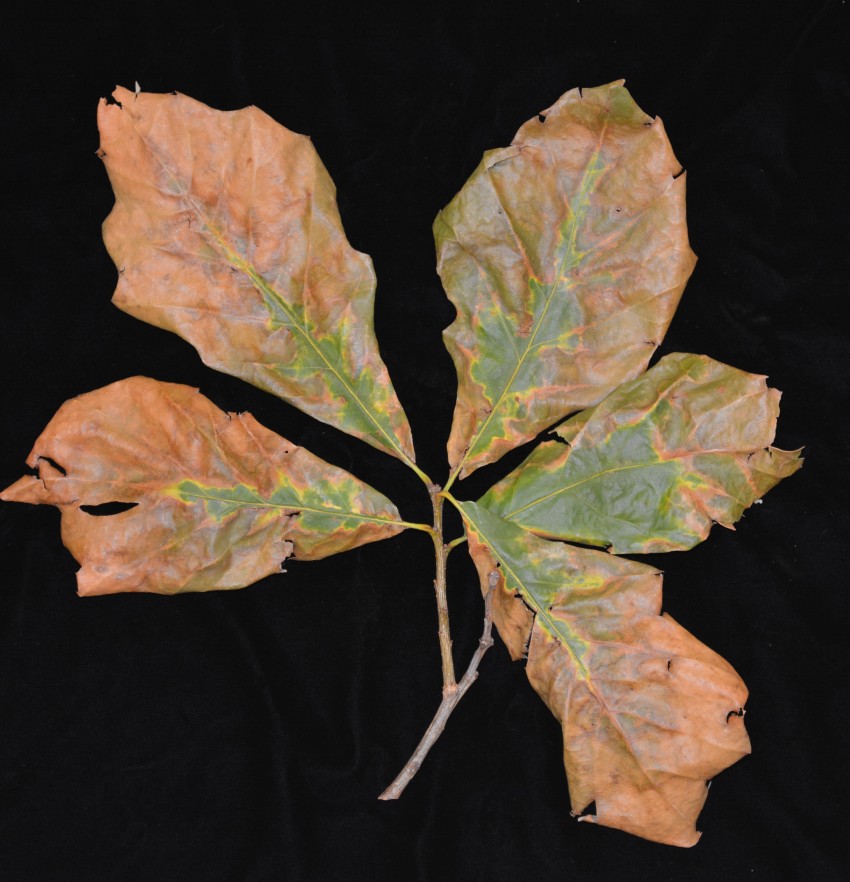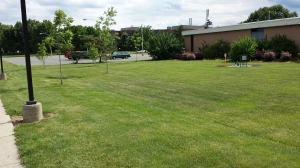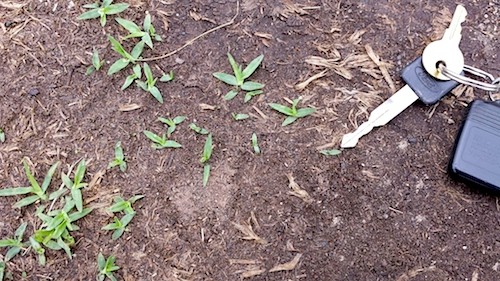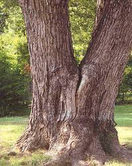Like all living things, trees are susceptible to disease, pests and damage by external forces.
Here in New Jersey, wind, ice and snow load are some of the top causes of tree injuries, along with grazing deer. And all of those are worse in winter ….
So before cold weather and winter storms arrive, be sure to carefully inspect all of the trees on your property to identify possible safety problems, such as hanging branches, rotting trunks and unstable roots.
You should inspect all trees on your property every year. While tree inspections can be done at any time of year, it’s best to inspect trees after the leaves have dropped in fall. Take another close look after leaves appear in spring and always check for damage after a severe storm.
Inspecting your trees regularly will help you catch any potential problems before they become unsafe or untreatable.
How to Inspect a Tree
Inspect trees carefully and systematically. Examine all parts of the tree, including the following:
- roots
- root or trunk flare
- main stem (or tree trunk)
- branches
- branch unions (where the branches attach to the trunk)
Be sure to carefully look at all sides of the tree.
And since you can’t easily see the top of the tree, use a pair of binoculars to see branches high off the ground (don’t try to climb the tree or use a ladder!).
Factors to Consider When Inspecting Trees
Tree Condition
Identify the type of tree before starting your inspection. Some tree species are more prone to certain problems than others.
For example, some species of maple and ash in the Northeast often form weak branch unions (so branches tend to break off). Aspen is prone to breakage at a young age (50-70 years) due to things like decay and cankers. And Bradford pears tend to drop branches and split, especially if they haven’t been expertly pruned from a young age.
Tree Age and Size
Trees age, just like we do. And as they get older, they tend to have more problems, including extensive decay. Pay close attention to older to trees as you inspect your property.
What To Look For
During your inspection, look for these seven important tree defects:
- Dead wood – it can break and fall at any time
- Cracks – indicate that the tree is already failing
- Weak branch unions – they can split apart and fall
- Decay – look for mushrooms and conks
- Cankers – increase the likelihood of the branch or stem breaking
- Root problems – can cause the tree to fall over
- Poor tree form – often the tree is structurally defective
If you’re unsure about the condition of any of your trees, please don’t leave the safety of your family and property to chance. Give us a call at 800-327-0034 for a free consultation.






